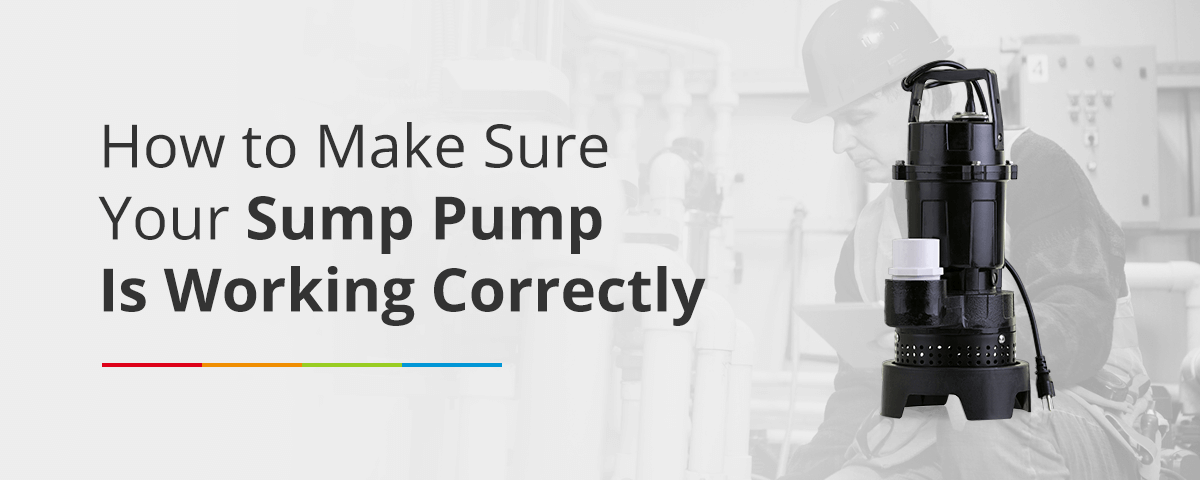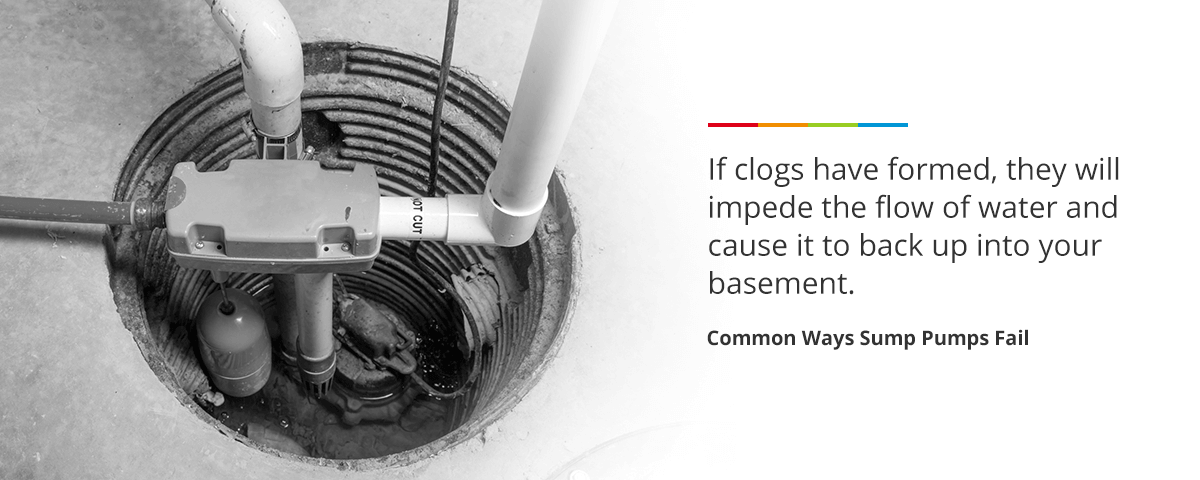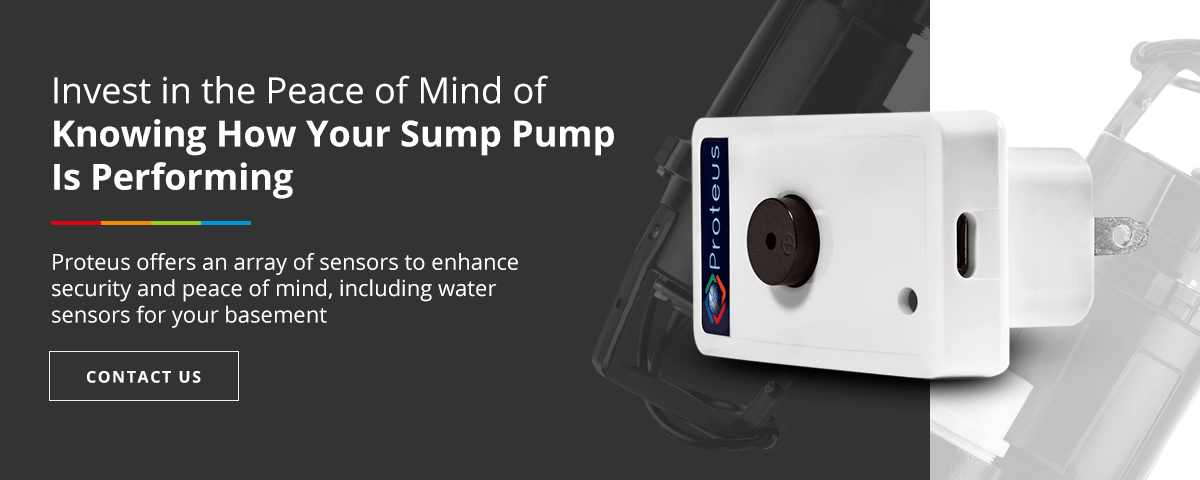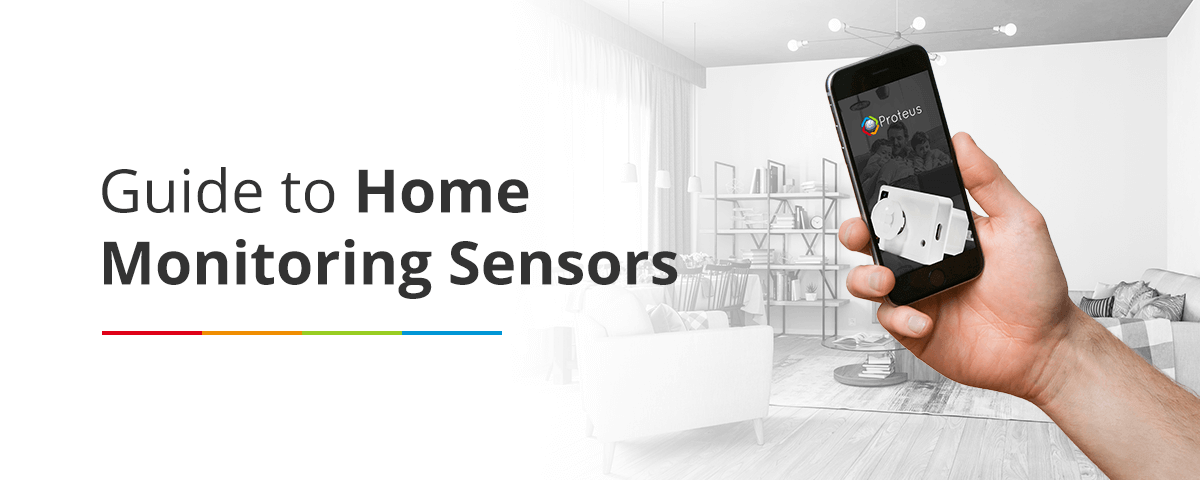We use cookies to make your experience better. To comply with the new e-Privacy directive, we need to ask for your consent to set the cookies. Learn more.
How to Make Sure Your Sump Pump Is Working Correctly

An unobtrusive sump pump may not look like much. It sits quietly in the corner of your basement, often not doing anything at all. But when you need it, your sump pump can spring into action and save your home from flooding and catastrophic losses.
It only takes a few inches of water to cause thousands of dollars worth of damage to your basement. The U.S. Federal Emergency Management Agency (FEMA) reports that the average flood claim amounts to about $34,000.
But how can you be sure your sump pump is working correctly, and what steps can you take to keep it in good shape and give yourself extra peace of mind? Read on to learn more.
How to Check Your Sump Pump
If you're wondering how to know whether your sump pump is working correctly, you can check its soundness in a few different ways.
1. Visual Inspection
One of the first, easiest things you can do is to look your sump pump over for damage or clogging.
Be sure to inspect the inside of the pump for debris and the exit pipes for clogs that may impede the flow of water. If you see any debris, such as dirt, leaves or household objects, scoop it out right away to ensure that your sump pump can continue working efficiently.
2. Testing by Unplugging
You can also test your sump pump by unplugging it from its power source and then plugging it back in.
A typical sump pump has two separate components that plug into electrical outlets. One of those components is the motor, and the other is the float switch. Unplug both, and then plug only the motor back in. The pump should turn on immediately. If it does not, you'll need repair or replace it. If it does, plug the float switch back in as well, and your pump will be ready to go.
Be sure to plug your pump back in after performing this test — forgetting could lead to serious water damage in your basement.
3. Testing With Water
A third option is to test your sump pump with water. To do so, you'll pour a small amount of water through your sump pump and watch to see whether the pump removes it effectively.
To start, fill a 5-gallon bucket or other large, liftable container with water. Slowly pour the water into the pump basin. As the water rises, it should lift the float switch and signal the motor to turn on and pump the water out.
If this happens, your sump pump is working effectively. If not, you'll want to look into repairing it or replacing it.
How to Know If Your Sump Pump Is Working While You're Away
Even if you've tested your sump pump and everything in is order, your pump could still fail at some point. If this happened while you were away and you didn't notice the rising water levels in your basement, your home could suffer severe water damage.
To gain the peace of mind of knowing your sump pump is working, even when you're away from home, consider investing in a sump pump sensor. This device contains a liquid level sensor that can notify you if the water in your pump basin rises above a predetermined level. Many sump pump alarms work over Wi-Fi, so you can set the notifications to go to your phone or email. That way, you'll know right away if your home is at risk of flooding.
You can also pair the sump pump monitor with other water sensors for additional peace of mind. These water alarms can tell you if water levels are rising in your basement, either because of a sump pump failure or because of another issue, such as a broken washing machine hose. Consider placing one in each area of your home or business that is at risk of water damage.
Common Ways Sump Pumps Fail

Sump pumps can malfunction in several different ways. Here are a few common reasons for failure:
- The sump pump pit, mechanical parts, float switch or discharge lines are clogged: If clogs have formed, they will impede the flow of water and cause it to back up into your basement. You can help prevent your sump pump from clogging by inspecting it regularly for damage and collected debris.
- The sump line is frozen: Your sump pump may also malfunction if it freezes during a cold spell. If your sump pump freezes — or if even one of its parts, such as a drain line, freezes — the pump will not be able to conduct water out of your basement. To prevent freezing, try adding some insulation around your sump pump and drain lines.
- The sump pump lost power: If your sump pump has lost power, it will not function. If your whole home has lost power, such as during a storm, your sump pump will be unable to pump stormwater or any other rising water out of your basement. Or someone may have unplugged the sump pump and forgotten to plug it back in.
- The sump pump is continually running: If your sump pump is constantly running, it will eventually burn its motor out from overuse. In that case, you may want to upgrade your sump pump to a more powerful model that can handle large volumes of water more efficiently.
Tips to Keep Your Sump Pump in Working Order
To help keep your sump pump in good working order, you can take the following steps:
1. Make Sure Your Sump Pump Has a Lid
The lid on your sump pump helps keep dirt and debris from getting into the pump and clogging it. A sump pump with a lid will run longer and more efficiently without needing to be cleaned out or repaired.
2. Make Sure You Have the Right Size of Sump Pump Installed
Having the proper size of sump pump is essential. If a sump pump is too small, it can't handle substantial volumes of water. A too-small sump pump may run and run until it finally burns out. Or it may fail to pump water entirely. Either way, it will likely leave you with a flooded basement. Upgrading to a larger model should help.
3. Make Sure Your Sump Pump Always Has Power
Your sump pump may be in great condition to handle your water needs, but that won't do you any good if it's not plugged in. Be sure that if you unplug your sump pump temporarily, either to test it or to free up outlet space in your basement, you plug it back in as soon as you're done.
Having a sump pump monitor is great for protecting your home or business during a power outage — the sensor can notify you of a power outage. Some load sensors can also tell you specifically whether power is flowing to your sump pump or not.
4. Check Float Switches
Checking your float switches also helps you make sure your sump pump is working as it should. Inspect your float switches once in a while to make sure they are free from tangles and clogs.
5. Clean the Pump Basin Yearly
Cleaning your pump basin at least once a year also helps keep your sump pump in good working order. A thorough cleaning removes dirt and debris that could impede your pump's function and compromise your business or home's safety. Pull the pump out of the basin and remove any dirt you find, and clean the pump inlet screen to allow water to enter the pump chamber freely.
6. Test the Sump Pump During Extended Dry Periods
In extended dry periods like the summer months, it's a good idea to assess your sump pump's reliability. Check the outlet to make sure it is supplying power, and dump water into your sump pump to ensure that it is operating as intended. You should also watch to be sure the water flows freely out of the discharge pipe outside — locate and remove any obstructions if it doesn't.
Invest in the Peace of Mind of Knowing How Your Sump Pump Is Performing
Make sure your home or business stays safe and dry by investing in sensors that can alert you to your sump pump's performance. Proteus offers an array of sensors to enhance security and peace of mind, including water sensors for your basement. A water sensor for your sump pump can sense rising water levels and alert you immediately so you can take action to resolve the issue before it becomes a flood.
Contact us today to learn more.







